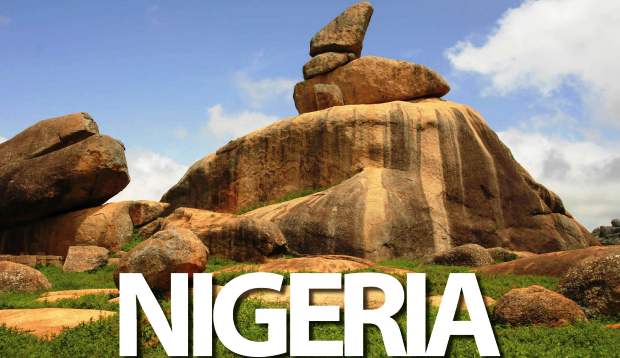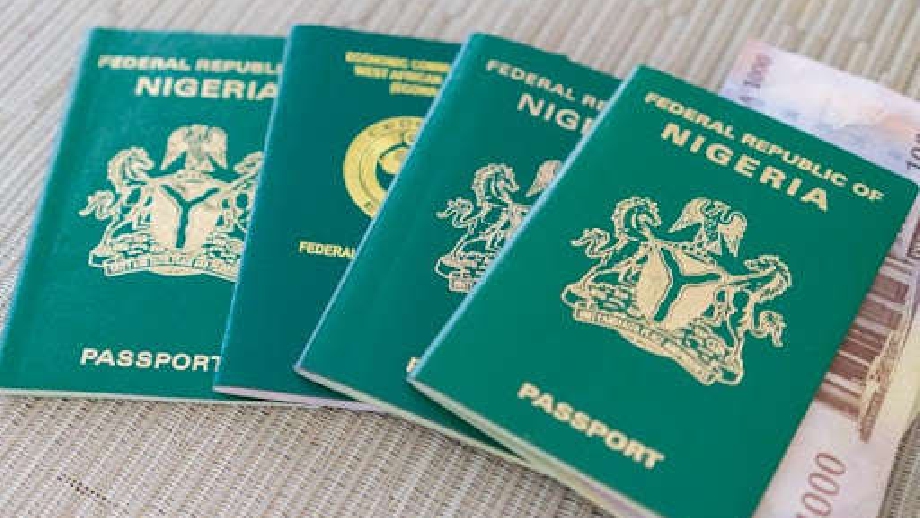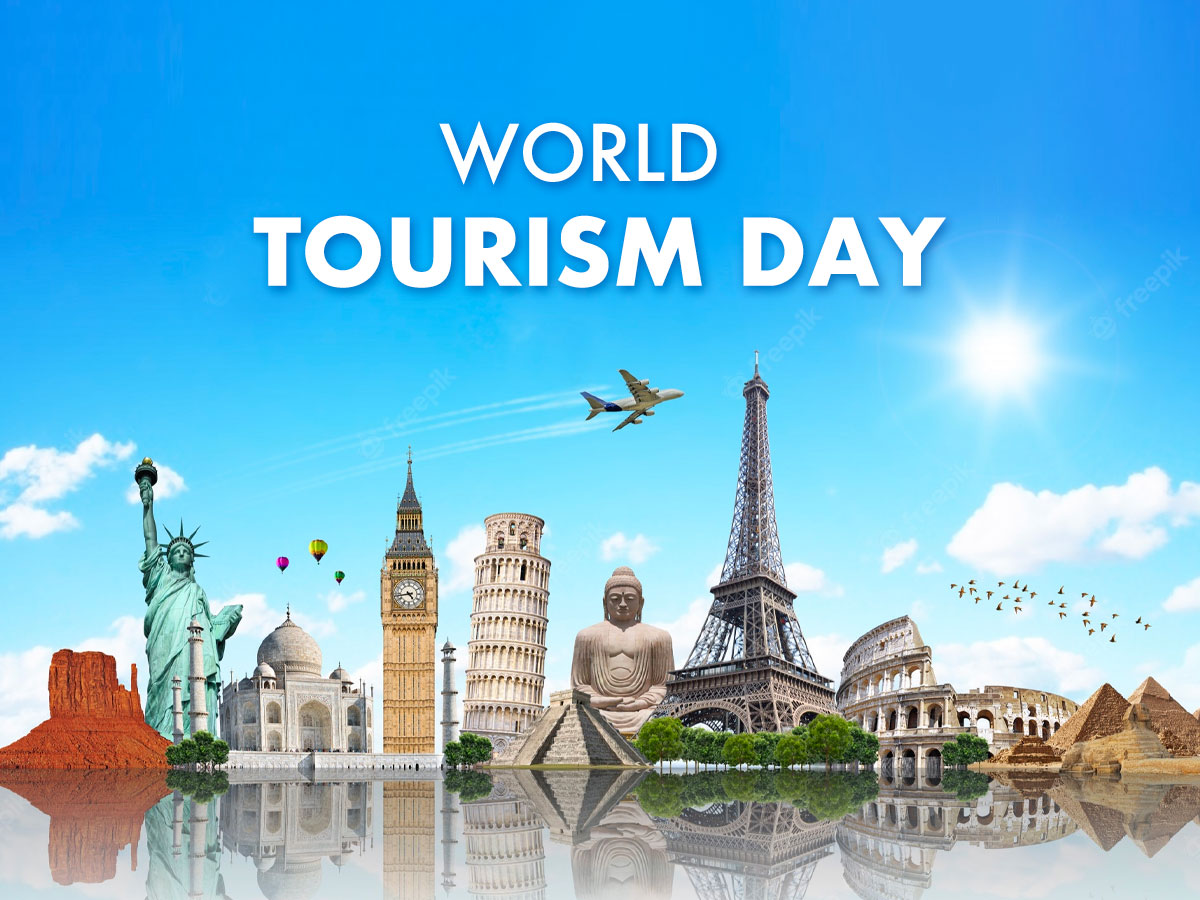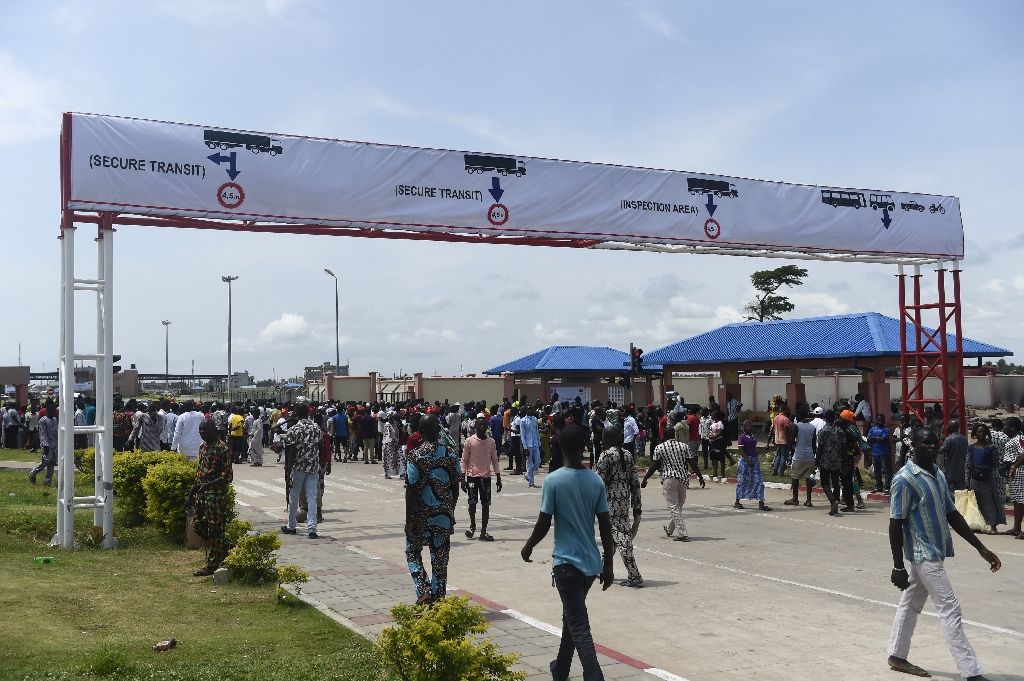Travel/Tourism
African Tourism Sector Supports Over 21m Jobs—Report


By Dipo Olowookere
A new report has described tourism in Africa as a flourishing industry that supports more than 21 million jobs, or 1 in 14 jobs on the continent.
It was also projected that during the next decade, tourism’s continued growth is expected to generate an additional 11.7 million jobs in Africa.
Four out of 10 international tourists in Africa come from the continent itself, according to the new UNCTAD Economic Development in Africa Report 2017: Tourism for Transformative and Inclusive Growth.
In sub-Saharan Africa, this number increases to two out of every three tourists whose travels originate on the continent. Data backing this key finding show that, contrary to perception, Africans themselves are increasingly driving tourism demand in Africa.
Over the last two decades, Africa has recorded robust growth, with international tourist arrivals and tourism revenues growing at 6 per cent and 9 per cent, respectively, each year between 1995 and 2014.
Focusing on tourism for transformative and inclusive growth, this year’s report encourages African countries to harness the dynamism of the tourism sector.
By collecting and comparing data from two different periods, 1995–1998 and 2011–2014, the report reveals that international tourist arrivals to Africa increased from 24 million to 56 million.
Tourism export revenues more than tripled, increasing from $14 billion to approximately $47 billion. As a result, tourism now contributes about 8.5 per cent to the continent’s gross domestic product (GDP).
The First Ten-Year Implementation Plan of the African Union’s Agenda 2063 aims at doubling the contribution of tourism to the continent’s GDP. To meet this target, tourism needs to grow at a faster and stronger pace.
“Tourism is a dynamic sector with phenomenal potential in Africa. Properly managed, it can contribute immensely to diversification and inclusion for vulnerable communities,” said Mukhisa Kituyi, the Secretary-General of UNCTAD.
To realize the potential of intraregional tourism for the continent’s economic growth, African Governments should take steps to liberalize air transport, promote the free movement of persons, ensure currency convertibility and, crucially, recognize the value of African tourism and plan for it. These strategic measures can have relatively fast and tangible impacts. In Rwanda, the abolition of visa requirements for fellow members of the East African Community in 2011 helped increase intraregional tourists from 283,000 in 2010, to 478,000 in 2013.
Another important theme highlighted in the report is the mutually beneficial relationship between peace and tourism. Peace is of course fundamental for tourism. The mere appearance of instability in a region can deter tourists, leading to devastating, long-lasting economic consequences. However, the perception of danger does not always correspond with reality.
The 2014 Ebola outbreak in Western Africa had a very high cost in terms of tourism numbers and revenue lost across the entire continent.
Despite being limited to relatively few countries in the western part of the continent, tourist arrivals and bookings fell in countries as far from the outbreak as South Africa and the United Republic of Tanzania.
The report notes that the economic impacts of political instability can be quite significant and long-lasting. For example, following political instability in Tunisia, total tourism receipts in 2009–2011 declined by 27 per cent on average, from $3.5 billion in 2009 to $2.5 billion in 2011.
Addressing safety and security concerns and swift responses to crises by African Governments and regional institutions are paramount to the growth of tourism in Africa. Promoting strategies aimed at improving Africa’s image in the global media are also critical in ensuring the sector’s recovery after conflict or political unrest.
Travel/Tourism
FG to Introduce Biometric Single Travel Emergency Passport 2026

By Adedapo Adesanya
The federal government has announced plans to introduce the new biometric emergency travel document, the Single Travel Emergency Passport (STEP), by 2026 as part of reforms aimed at modernising Nigeria’s immigration processes and strengthening border security.
Initially revealed in November, the Comptroller General of the Nigeria Immigration Service (NIS), Mrs Kemi Nandap, speaking on Monday in Abuja during the decoration of 46 newly promoted Assistant Comptrollers of Immigration (ACIs) to the rank of Comptrollers of Immigration, said the proposed STEP would replace the current Single Travel Emergency Certificate (STEC) and is designed to enhance efficiency, security, and global acceptability of Nigeria’s emergency travel documentation.
She explained that the new emergency passport would be biometric-based and deployed through alternative, technology-driven platforms to ensure seamless service delivery.
“I’m looking forward to embracing 2026, which will also be part of all the reforms we’re doing to ensure that we optimise our services, in terms of visas, passport production lines and our contactless solutions,” she said.
The NIS boss noted that the STEP is one of several technology-driven innovations being rolled out by the Service to improve operational efficiency and meet its constitutional mandate.
She also highlighted the recent introduction of the ECOWAS National Biometric Identity Card (ENBIC), describing it as a critical step towards seamless regional integration and secure cross-border movement within West Africa.
“We want to ensure that our processes are seamless. The STEP, which we are going to launch early next year, is another key programme that will further strengthen our service delivery,” Nandap added.
The Comptroller General charged the newly decorated officers to demonstrate heightened vigilance, professionalism, and integrity, particularly in light of Nigeria’s prevailing security challenges.
“Your decoration today symbolises the trust reposed in you and carries with it expectations of enhanced leadership, sound judgement, accountability and exemplary conduct,” she said.
Mrs Nandap stressed that officers at senior levels must combine professional competence with strong leadership qualities, including clarity of vision, decisiveness, empathy, and the ability to mentor and inspire subordinates.
“Considering the current security challenges our nation faces, we must remain vigilant and unrelenting in the fight against multifaceted threats. Your actions will set the tone and reflect the core values and reputation of this Service,” she warned.
She reaffirmed the Service’s zero tolerance for indolence and unprofessional conduct, urging officers to embrace innovation, adapt to emerging challenges, and place the interest of the NIS above personal considerations.
Travel/Tourism
Moving to France After Retirement: What You Need to Know First

The idea of spending retirement in France comes up often — sometimes because of the climate, sometimes because of the healthcare system, and sometimes simply because of the way everyday life is organised there. But once the initial appeal fades, a practical question usually follows: under what conditions can a retiree actually live in France legally?
The short answer is: it’s possible.
The longer answer requires a closer look.
No “retirement visa,” but a workable solution
Unlike some countries, France does not offer a dedicated retirement visa. This often comes as a surprise. In practice, however, most retired foreigners settle in France under the long-stay visitor visa — a residence status that is not tied to age or professional background.
The logic behind it is straightforward: France allows people to live in the country if they do not intend to work and can support themselves financially. For this reason, the visitor visa is used not only by retirees, but by other financially independent residents as well.
Income matters more than age
When an application is reviewed, age itself is rarely decisive. Financial stability is.
French authorities do not publish a fixed minimum income requirement. What they assess instead is whether the applicant has sufficient and reliable resources to live in France without relying on public assistance. This usually includes:
- a state or private pension;
- additional regular income;
- personal savings.
In practice, the clearer and more predictable the income, the stronger the application.

Housing is not a formality
Relocation is not possible without a confirmed place to live. A hotel booking or short-term accommodation is usually not enough.
Applicants are expected to show that they:
- have secured long-term rental housing;
- own property in France;
- or will legally reside with a host who can provide accommodation.
This is one of the most closely examined aspects of the application — and one of the most common reasons for refusal.
Healthcare: private coverage first
At the time of application, retirees must hold private health insurance valid in France and covering essential medical risks. This requirement is non-negotiable.
Access to France’s public healthcare system may become possible after a period of legal residence, but this depends on individual circumstances, length of stay, and administrative status. It is not automatic.
What the process usually looks like
Moving to France is rarely a single step. More often, it unfolds as a sequence:
- applying for a long-stay visa in the country of residence;
- entering France;
- completing administrative registration;
- residing legally for the duration of the visa;
- applying for renewal.
The initial status is typically granted for up to one year. Continued residence depends on meeting the same conditions.
Restrictions people often overlook
Living in France under a visitor visa comes with clear limitations:
- working in France is prohibited;
- income from French sources is not allowed;
- social benefits are not part of this status.
These are not temporary inconveniences, but core conditions of residence.
Looking further ahead
Long-term legal residence can, over time, open the door to a more permanent status, such as long-term residency. In theory, citizenship may also be possible, though it requires meeting additional criteria, including language proficiency and integration.
For many retirees, however, the goal is simpler: to live quietly and legally, without having to change status every few months.
Moving to France after retirement is not about a special programme or age-based privilege. It is a question of preparation, financial resources, and understanding the rules. For those with stable income and no intention to work, France offers a lawful and relatively predictable way to settle long-term.
No promises of shortcuts — but no closed doors either.
Travel/Tourism
Trump Slams Partial Travel Ban on Nigeria, Others Over Security Concerns

By Adedapo Adesanya
The United States President Donald Trump has imposed a partial travel restriction on Nigeria, as part of a series of new actions, citing security concerns.
The latest travel restriction will affect new Nigerians hoping to travel to the US, as it cites security concerns and difficulties in vetting nationals.
The travel restrictions also affect citizens of other African as well as Black-majority Caribbean nations.
This development comes months after the American President threatened to invade the country over perceived persecution against Christians.
President Trump had already fully banned the entry of Somalis as well as citizens of Afghanistan, Chad, Republic of the Congo, Equatorial Guinea, Eritrea, Haiti, Iran, Libya, Myanmar, Sudan, and Yemen.
The countries newly subject to partial restrictions, besides Nigeria, are Angola, Antigua and Barbuda, Benin, Dominica, Gabon, The Gambia, Ivory Coast, Malawi, Mauritania, Senegal, Tanzania, Tonga, Zambia and Zimbabwe.
Angola, Senegal and Zambia have all been prominent US partners in Africa, with former president Joe Biden hailing the three for their commitment to democracy.
In the proclamation, the White House alleged high crime rates from some countries on the blacklist and problems with routine record-keeping for passports.
The White House acknowledged “significant progress” by one initially targeted country, Turkmenistan.
The Central Asian country’s nations will once again be able to secure US visas, but only as non-immigrants.
The US president, who has long campaigned to restrict immigration and has spoken in increasingly strident terms, moved to ban foreigners who “intend to threaten” Americans, the White House said.
He also wants to prevent foreigners in the United States who would “undermine or destabilize its culture, government, institutions or founding principles,” a White House proclamation said.
Other countries newly subjected to the full travel ban came from some of Africa’s poorest countries — Burkina Faso, Mali, Niger, Sierra Leone and South Sudan — as well as Laos in southeast Asia.
-

 Feature/OPED6 years ago
Feature/OPED6 years agoDavos was Different this year
-
Travel/Tourism9 years ago
Lagos Seals Western Lodge Hotel In Ikorodu
-

 Showbiz3 years ago
Showbiz3 years agoEstranged Lover Releases Videos of Empress Njamah Bathing
-

 Banking8 years ago
Banking8 years agoSort Codes of GTBank Branches in Nigeria
-

 Economy3 years ago
Economy3 years agoSubsidy Removal: CNG at N130 Per Litre Cheaper Than Petrol—IPMAN
-

 Banking3 years ago
Banking3 years agoFirst Bank Announces Planned Downtime
-

 Banking3 years ago
Banking3 years agoSort Codes of UBA Branches in Nigeria
-

 Sports3 years ago
Sports3 years agoHighest Paid Nigerian Footballer – How Much Do Nigerian Footballers Earn




















